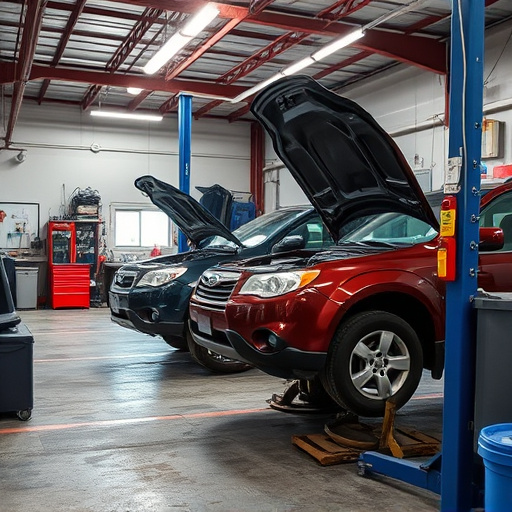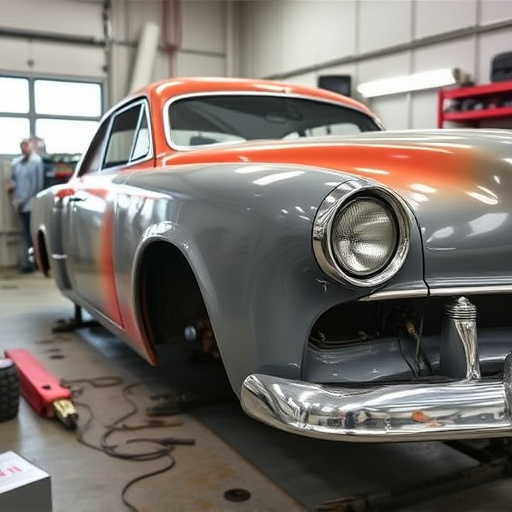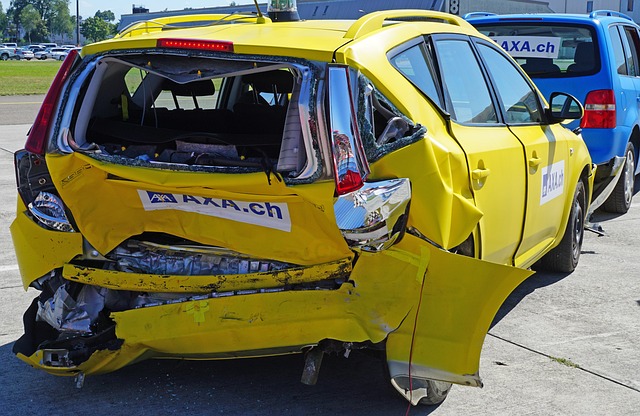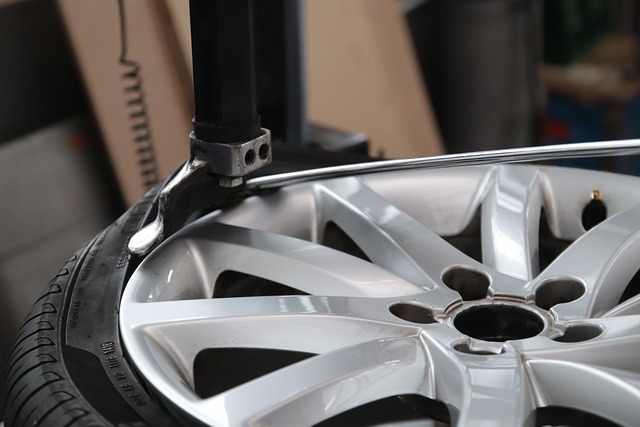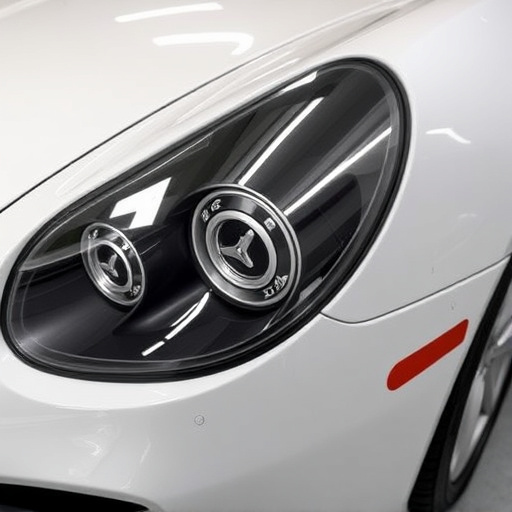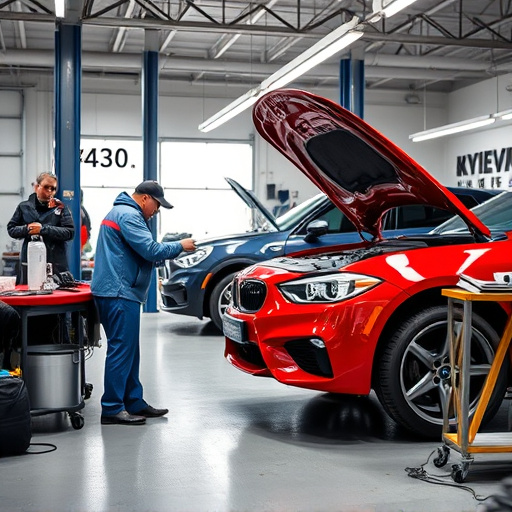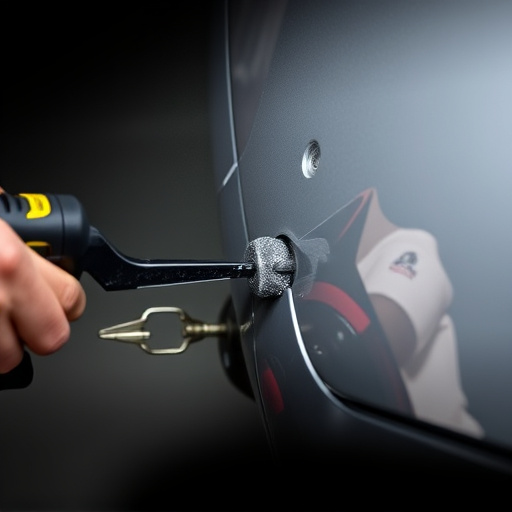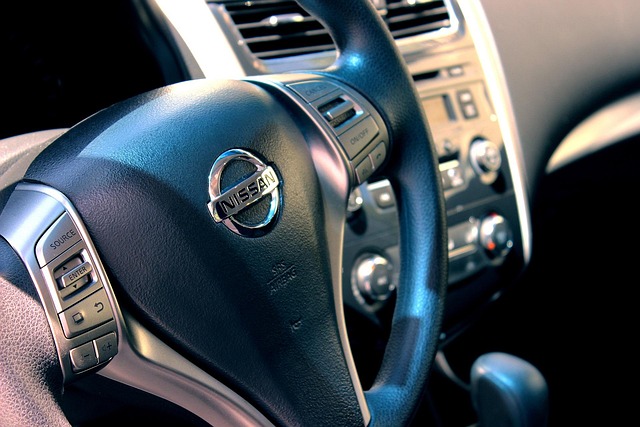Adhering to Tesla's precise factory specifications is crucial for accurate structural restorations of electric vehicles, ensuring appearance and performance match new models. Specialized training and tools are required to replicate manufacturing standards, but challenges include proprietary data access and rapid tech advancements, necessitating dedicated resources.
Tesla cars are renowned for their cutting-edge technology and sleek design, but what about their structural integrity? This article explores the world of Tesla factory specifications and their surprising role in structural restaurations. We delve into how these precise guidelines, initially designed for production, can be adapted to restore vehicles to their former glory. By understanding and applying Tesla’s standards, restorers achieve not only visual accuracy but also structural soundness, setting a new benchmark for classic car care.
- Understanding Tesla Factory Specifications
- Applying Specifications in Structural Restorations
- Benefits and Challenges of Using Factory Specifications
Understanding Tesla Factory Specifications
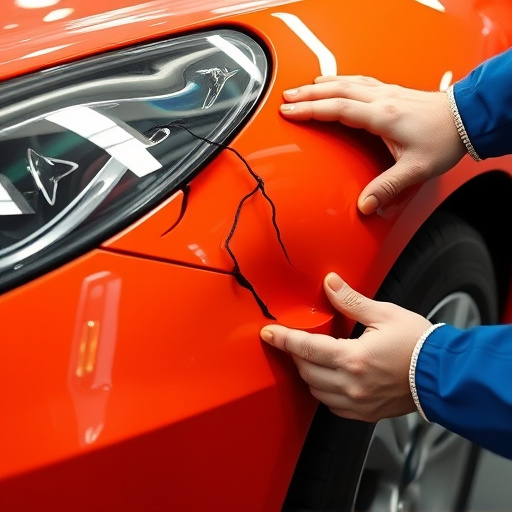
Understanding Tesla Factory Specifications plays a pivotal role in ensuring accurate structural restorations for these advanced electric vehicles. These specifications act as the blueprint for each Tesla vehicle, defining every detail from dimensions and materials to assembly processes. By meticulously studying and adhering to these guidelines, experienced technicians can faithfully recreate the original design, ensuring that restored Teslas not only look but also perform like new models.
Tesla’s commitment to precision engineering means their factory specifications are highly detailed and precise, covering everything from frame alignment tolerances to paint finishes. Incorporating these into car repair shops’ restoration processes is crucial for achieving top-tier results. This involves specialized training and advanced tools to replicate the manufacturing standards, ensuring that repairs not only fix dents or cosmetic issues but also maintain the overall integrity and value of the Tesla vehicle, just as it left the factory floor.
Applying Specifications in Structural Restorations
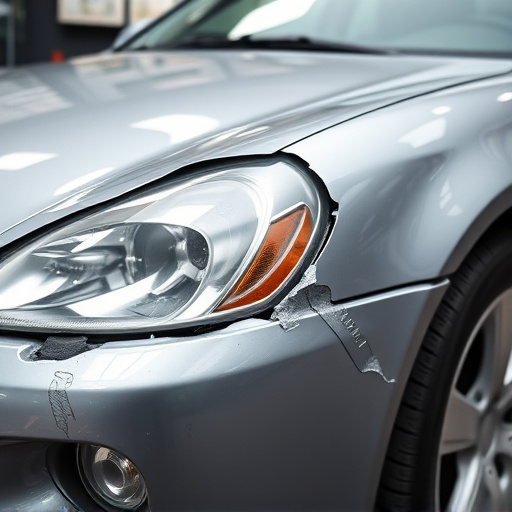
When conducting structural restorations on vehicles, especially those inspired by Tesla’s factory specifications, it’s crucial to adhere to precise guidelines. These specifications are designed to maintain the vehicle’s integrity and aesthetic appeal, ensuring every detail aligns with the original design. Auto body repairs and vehicle paint repair professionals must carefully study and implement these factory standards to deliver a flawless result.
The process involves meticulous attention to dimensions, panel gaps, and contour lines, as even minor variations can impact the overall look and performance of the vehicle. Vehicle collision repair experts leverage advanced tools and techniques to match the precision set by Tesla’s factories. By doing so, they not only restore the physical structure but also revive the vehicle’s intended beauty, making it a true testament to modern automotive craftsmanship.
Benefits and Challenges of Using Factory Specifications
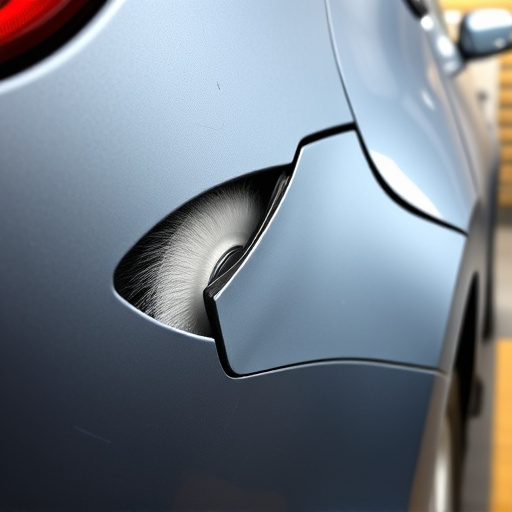
Using Tesla factory specifications for structural restorations offers several significant advantages. Firstly, it ensures precision and consistency in repairs, maintaining the vehicle’s original design intent. This level of detail is crucial for preserving the aesthetic and performance integrity of electric vehicles, which have unique engineering and materials compared to conventional cars. Moreover, having access to these specifications allows for better compatibility with advanced manufacturing techniques and high-quality replacement parts, enhancing the overall restoration process.
Despite these benefits, there are challenges associated with relying on Tesla factory specifications. One significant hurdle is the proprietary nature of such data, which can limit access for independent repair shops and specialty restorers. This exclusivity may drive up costs or require specialized training to work with the precise measurements and tolerances provided. Additionally, as electric vehicles evolve rapidly, keeping up with the most recent factory specifications can be a continuous task, requiring dedicated resources and expertise in fleet repair services.
Tesla factory specifications offer a valuable roadmap for structural restaurations, ensuring precision and longevity. By understanding and applying these detailed guidelines, restorers can achieve remarkable results, preserving the integrity and aesthetics of vintage Tesla vehicles. However, navigating this process requires expertise and attention to detail, as missteps may compromise the vehicle’s authenticity. Ultimately, leveraging Tesla factory specifications is a game-changer for dedicated restorers, enabling them to deliver top-tier, historically accurate repairs.

